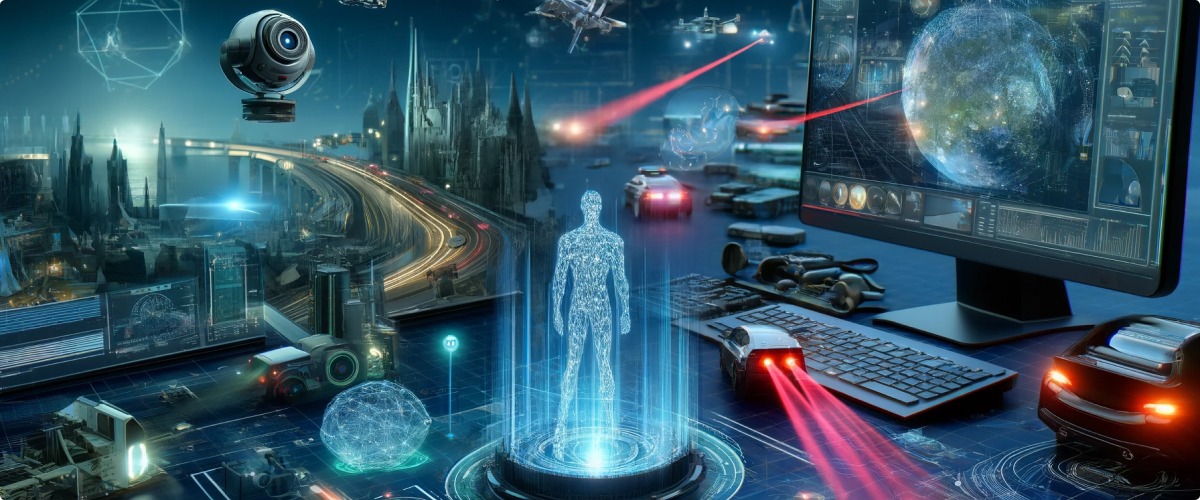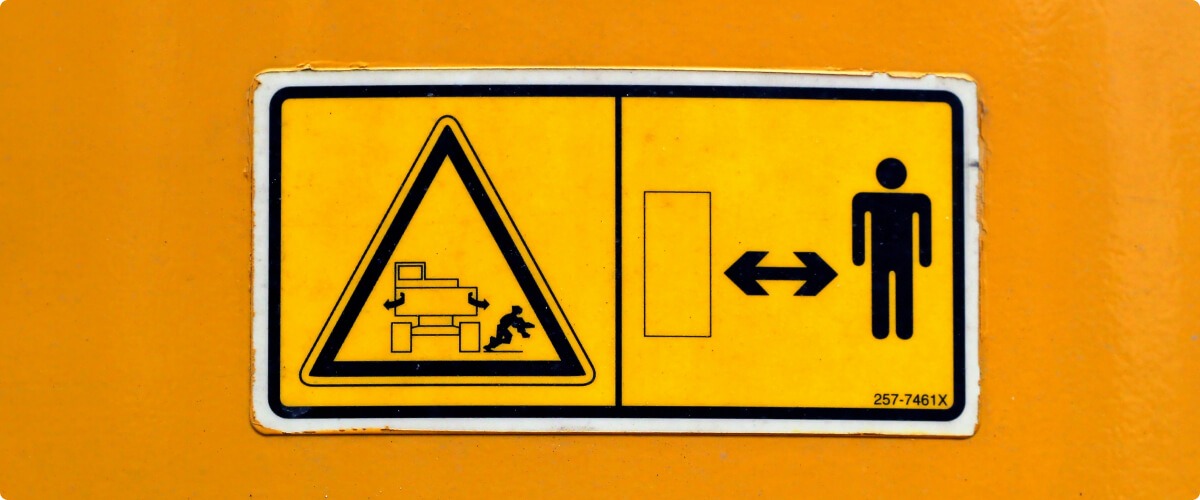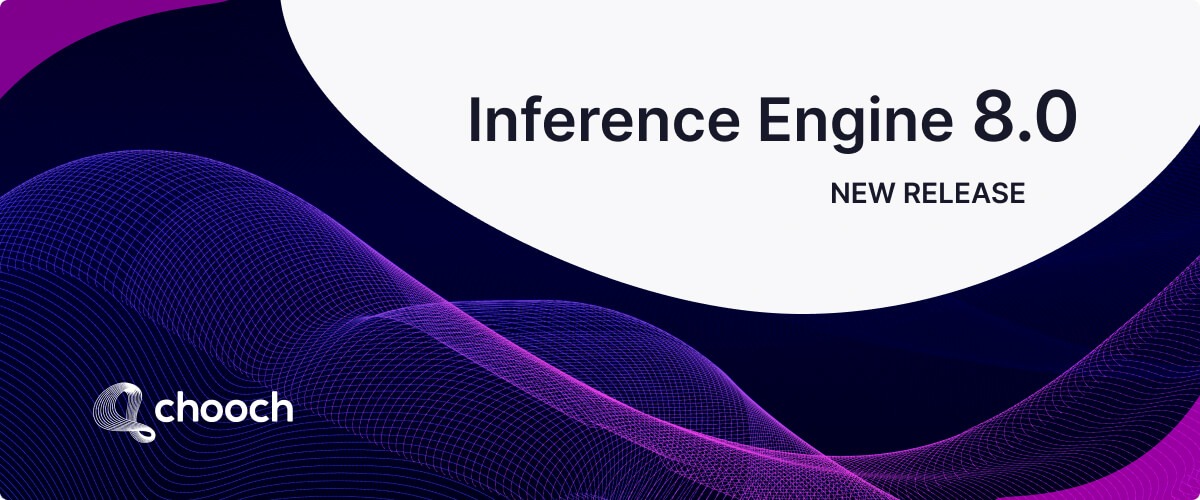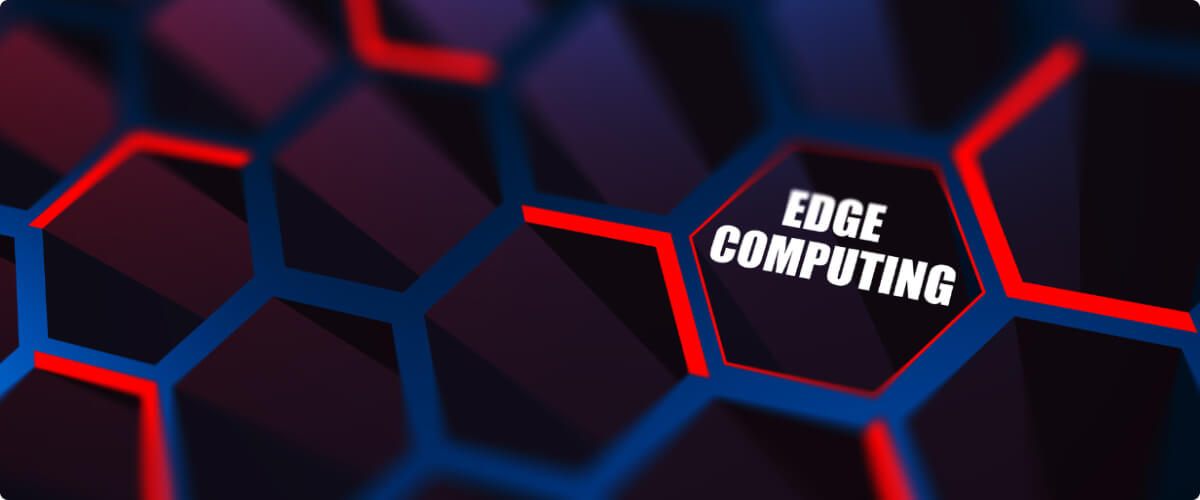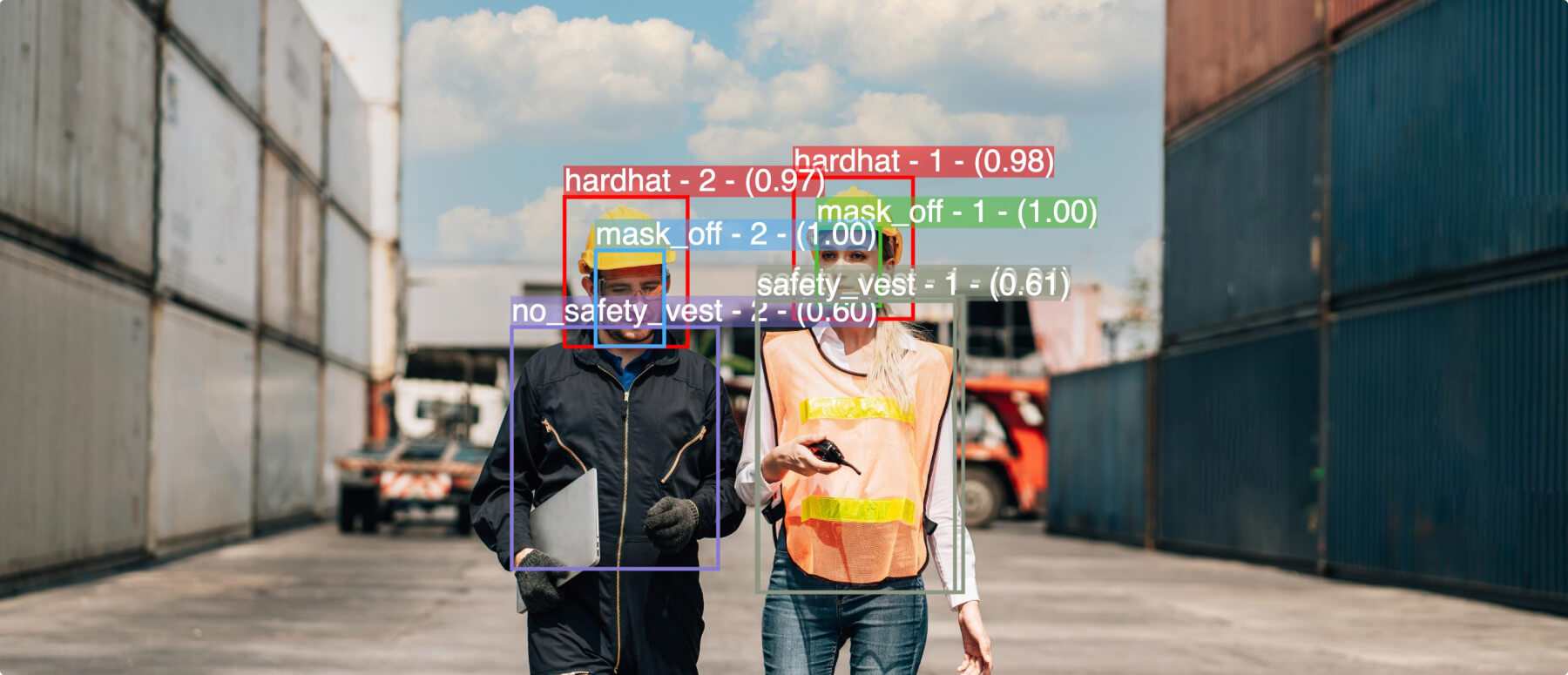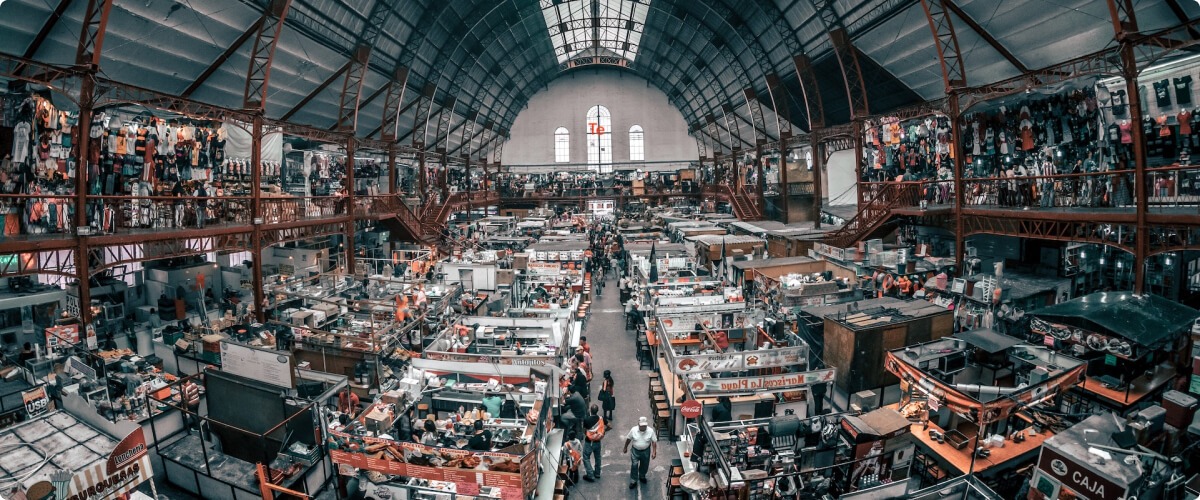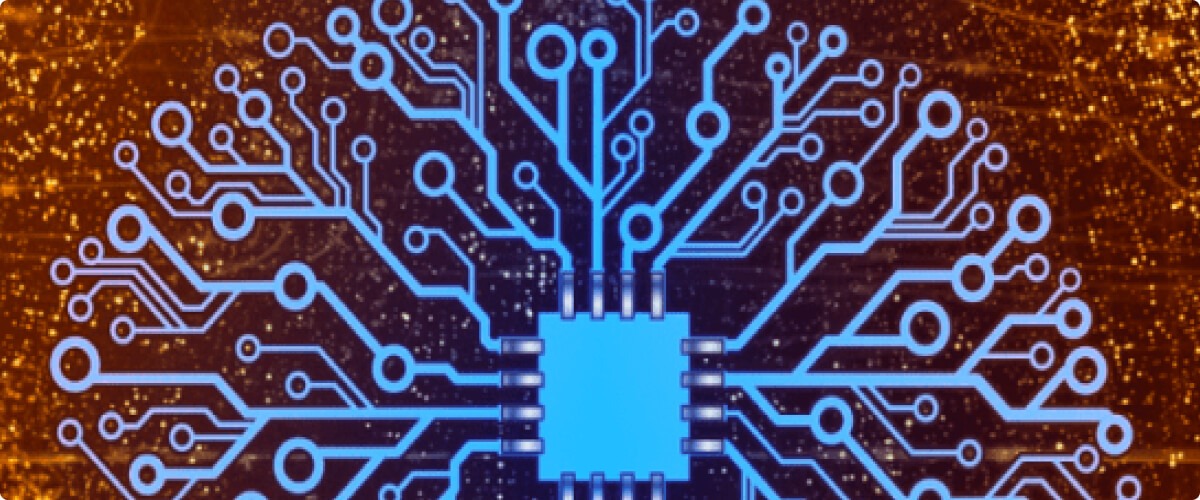Action detection and localization through computer vision on edge devices are making remarkable strides in AI and surveillance. They bring action recognition to the point of data capture, whether it’s security cameras, edge devices, or IoT sensors.
This blog explores action detection and localization with computer vision at the edge. We’ll see why companies are adopting these cutting-edge technologies to enhance safety, efficiency, and decision-making in various industries.
Understanding action detection
Action detection is a computer vision task focused on identifying and recognizing specific actions or activities within a sequence of images or a video stream. It enables machines to comprehend the world much like humans do, teaching them to understand and interpret physical movements and activities performed by individuals. This includes everyday actions like walking, running, gesturing, and even complex activities like cooking or playing sports.
However, action detection goes a step further. It not only classifies the actions but also localizes them.
Action localization at the edge pinpoints the precise location and timing of actions within video streams on edge devices, answering the questions of “what action is happening” and “where and when it is happening” within the visual data.
Key techniques for action localization:
Region of Interest (ROI) detection: Once an action is detected, edge devices use methods like object tracking or motion analysis to precisely locate where the action is happening within the video frame.
Temporal analysis: Edge devices analyze the start and end times of actions, crucial for understanding how long actions last and ensuring accurate localization in time.
Hybrid approaches: Advanced action detection systems often combine appearance-based and motion-based recognition techniques. This hybrid approach captures both visual appearance and motion dynamics, improving accuracy.
Empowering machines to recognize and interpret actions is crucial for automating tasks, enhancing safety and security, improving healthcare outcomes, and providing more interactive and engaging user experiences across various industries. It enables cameras and other edge devices to “understand” and respond to human actions; a capability once reserved solely for human perception.
Business drivers for action detection at the edge
Several compelling factors are driving the adoption of computer vision and edge computing for action detection and localization.
Real-time responsiveness: Edge computing processes data locally, reducing the time needed to analyze and respond to events. This is critical in applications like security, where immediate action is often required when an event is detected.
Bandwidth efficiency: Edge devices process data locally and transmit only relevant information to central servers or the cloud, minimizing the strain on network bandwidth and reducing data transmission costs.
Enhanced privacy: Edge-based action detection and localization enhance privacy, as sensitive information doesn’t need to leave the local device. This is particularly important in scenarios where data privacy is a concern, such as in smart homes or healthcare environments.
Optimizing action detection at the edge
Optimizing action detection at the edge relies on various computer vision techniques to enhance accuracy, efficiency, and real-time performance.
These include:
Object detection models: Edge devices utilize object detection models like “You Only Look Once” (YOLO) or Single Shot MultiBox Detector (SSD) to identify multiple objects, people, or actions in real time within images and video frames.
Hybrid models with Generative AI: Combining generative AI models, such as Generative Adversarial Networks (GANs), with traditional action detection and object detection models to improve model robustness and reliability under diverse real-world conditions.
Hardware acceleration: Utilizing specialized hardware accelerators like GPUs or TPUs on edge devices to speed up the processing of action detection models.
Model compression: Compressing action detection models to reduce their size and computational complexity, making them suitable for edge devices with limited resources.
Customized models: Fine-tuning action detection models to match the specific requirements of the application or environment, optimizing accuracy and reducing false positives.
Real-world applications for action detection at the edge
Computer vision is deployed across a wide range of industries and applications, including surveillance, security, production line quality assurance, facial recognition, retail, and autonomous vehicles. The massive volume of data generated by these applications requires automated and time-critical analysis, making edge computing crucial.
By analyzing both appearance and motion, action detection models achieve state-of-the-art performance in recognizing and localizing actions in video streams.
Some real-world applications include:
Security and surveillance: Edge-based action detection quickly identifies and isolates footage of suspicious actions, aiding intrusion detection and perimeter security.
Patient monitoring: Edge-based computer vision enhances patient care by detecting falls and ensuring timely responses in healthcare settings.
Agriculture animal welfare and safety: Farmers use action detection to monitor animals’ health and well-being, receiving alerts for issues or distress.
Workplace safety: Continuous workplace monitoring helps identify unsafe worker behavior and activities, enhancing workplace safety protocols.
Retail and customer analytics: Retailers use action detection to analyze customer shopping behavior to improve store layouts and experiences.
These applications demonstrate the versatility and potential impact of action detection at the edge in improving efficiency, safety, and decision-making across various industries.
Unlock the potential of action detection at the edge
Action detection and localization at the edge are propelling us into a future where machines understand human actions in real time, making our environments smarter, safer, and more efficient. With technology continually evolving and advancing, we can expect even more innovative applications and enhanced capabilities for action detection.
This fusion of computer vision and edge computing is redefining the way we perceive and interact with the world around us, empowering us to make decisions, improve safety, and create more engaging and responsive experiences. The journey has just begun, and the possibilities are endless.
As we continue to explore the potential of action detection at the edge, we’re shaping a future where machines truly “see” and understand the world as we do, and where real-time responses and enhanced privacy are the norm, not the exception.
Learn more about Chooch solutions for deploying computer vision for inferencing and detection at the edge. See how Chooch works.


